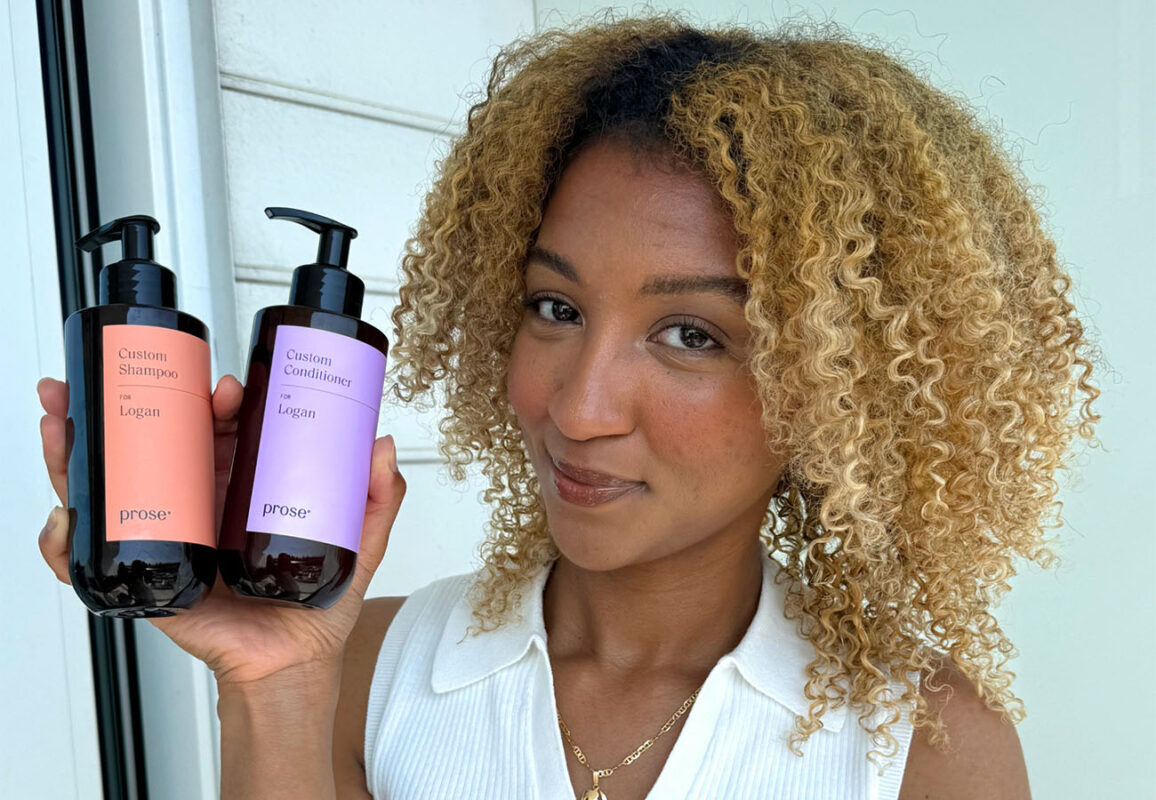What Happens When You Color
Permanent hair color typically uses ammonia to cause your strands to swell slightly, enabling the color formula to break through several protective layers of hair and reach your strand’s inner cortex. The cortex is where color molecules are deposited, and, if you are also lightening your hair, it’s where hydrogen peroxide is used to remove color molecules. This process is damaging to the hair because those penetrated layers never completely return to their pre-coloring state, and any fissures left in the layers enable both moisture and protein to escape, as well as make the hair more susceptible to breakage and splitting.
Semi-permanent hair color is usually less damaging because it typically does not contain ammonia, and color is not deposited in the cortex (it’s placed just outside of it), so there is not as much damage to the hair shaft. The downside of semi-permanent haircolor is that is does fade out over time, lasting around 28 washes, and it will not provide total grey coverage. So, while it doesn’t damage as much, it also doesn’t last as long.
Know Your Options
Using a permanent hair color formula that does not contain ammonia can help decrease damage to the hair shaft. However, because ammonia alternatives don’t cause as much swelling as ammonia (a good thing), they also don’t typically enable the same level of color-molecule penetration. Thus, your color may not last as long—and you typically cannot achieve a color change beyond three levels (going platinum is not an option). For those of you, however, just looking for subtle improvement (to cover a few grays or enhance your natural hue), going ammonia-free is a less-damaging option worth considering.
The Best Treatments for Color
How you care for your hair when you’re not coloring it can also minimize the impact of dye-related damage. Using a leave-in treatment that contains both moisture and a protein like keratin will help replenish what’s lost through all those small fissures in your hair shaft. A weekly deep-conditioning treatment is also helpful because it can provide a super boost of moisture and protein in one fell swoop. Finally, the shampoos and conditioners you use on a daily (or every other day) basis should support the efforts of your leave-in and deep treatments. At Prose, we add ingredients such as Oat Lipids and Sunflower Seed Extract to formulas for color-treated hair to add moisture back into strands, as well as a cocktail of Collagen, Lilac and Hyaluronic Acid to help reinforce weakened spots in the hair shaft and prevent breakage.
Color your hair and know it needs repair? Allow us to create a custom hair care regimen that helps restore and revive your locks. Get started here.





